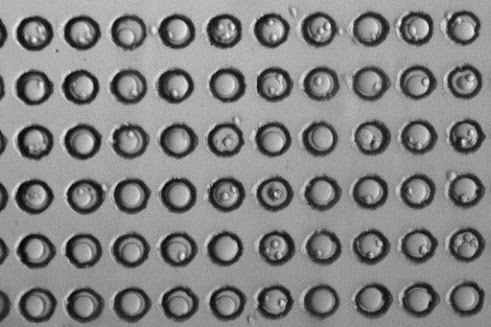 |
| Corn earworm attacks a corn plant. Photo Credit: Anders Huseth, NC State University. |
A new study from North Carolina State University shows soil temperature can be used to effectively monitor and predict the spread of the corn earworm (Helicoverpa zea), an important pest that ravages corn, cotton, soybeans, peppers, tomatoes and other vegetable crops. The ability to better monitor the pest and make predictions about where it will appear could help farmers control the pest more effectively, which would reduce the financial and environmental impacts of pesticide use.
The researchers combined historical soil temperature data with long-term corn earworm monitoring data and information on how the pest survives cold conditions in a lab setting to better understand “overwintering success,” or how well the pest can survive underground during the colder winter months.
Greater overwintering success can expand the areas where the pest can live and thrive, the researchers say, as the pest can migrate long distances. Generally, greater overwintering success in more northern latitudes increases the potential for crop damage from this pest further north. Climate change also affects overwintering success.
“There is a preconceived notion that pests have little overwintering success north of 40 degrees latitude,” said Douglas Lawton, a former NC State postdoctoral researcher and co-corresponding author of a paper that describes the research, published in Proceedings of the National Academy of Sciences. “That may have been true in the 1930s, but now we have more data-guided evidence to ask and answer the question, ‘Where can this species actually overwinter?’”














.jpg)
